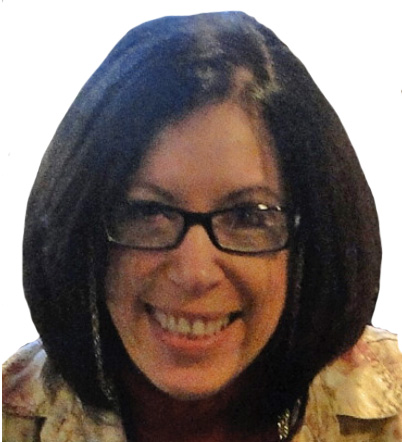

Twenty-two for '22: Tools, Trends, & Tactics to Inspire, Motivate, and Delight |
Listen and learn : Ed talk
Dr. Maureen Yoder
This lightning-fast session will appeal to your geeky side while delighting the teacher in you. Learn about classroom uses of Artificial Intelligence (Alexa/Google), updates about virtual and augmented reality, drones, robots and numerous promising, innovative apps. Hear about technologies that did not exist when this proposal was written.
| Audience: | Curriculum/district specialists, Library media specialists, Teachers |
| Skill level: | Beginner |
| Attendee devices: | Devices useful |
| Attendee device specification: | Smartphone: Android, iOS, Windows Laptop: Chromebook, Mac, PC Tablet: Android, iOS, Windows |
| Participant accounts, software and other materials: | No apps, accounts or equipment are required but there will be recommendations listed on the session description. |
| Topic: | Online tools, apps & resources |
| Grade level: | PK-12 |
| Subject area: | Language arts, Social studies |
| ISTE Standards: | For Educators: Designer
Empowered Learner
|
| Additional detail: | ISTE author presentation |
Educators don’t always have the time to explore the newest and most valuable technology tools to enhance their lessons. Recent school closures have brought the added challenge of planning remote learning activities. The blending of face to face and online instruction continues in some districts. For several years I have prepared a list of innovative apps and instructional trends, mostly free and easy to learn, to enhance lessons and invigorate classrooms. One example is the augmented reality application “Notable Women”, a fascinating app that promotes awareness of accomplished women throughout history by superimposing their faces on United States currency. I coined the term “electronic constructivism” in a Learning and Leading feature article and continue to promote student creativity and student centered lessons. Evidence of success? Measurable formal evaluations and unsolicited informal feedback have been overwhelmingly positive.
• Introduction – 2 minutes
o Introduction to topic: supportive research
o Format: fast-paced and quick overview
o Participants will receive a link to the presentation for further research
o Quick educational technology trivia questions (to engage participants)
• Emerging technologies and resources – 50 minutes
o Each will have a description of the technology or trend
o Links to specifications, reviews, articles
o Classroom suggestions, constructivist in format
o Interactive surveys (to engage participants)
• Promising technologies not available yet – 2 minutes
• Conclusion – 6 minutes
o Instructions for accessing link to presentation
o Inspirational words; looking to the future
My research is grounded in constructivist and experiential learning theory, developed and influenced by John Dewey, Lev Vygotsky, Jean Piaget, Jerome Bruner, and Montessori. Information about the technology and resources will have been gathered by electronic sources and will include articles, manufacturer’s sites, and blogs. Given the nature of emerging technologies, the majority of the articles and web sites cited will be less than three months old at the time of this presentation.

Dr. Maureen Brown Yoder is a Professor Emerita at Lesley University in Cambridge, Massachusetts in the Educational Technology department. A former classroom teacher, she has had over three decades of experience designing and teaching educational technology courses. Dr. Yoder coined the term “Electronic Constructivism” and has written numerous publications on emerging technologies and how to thoughtfully and creatively integrate them into existing curricula. Dr. Yoder has been a blog contributor to ISTE’s EdTekHub and has presented nationally and internationally on innovative and promising technologies, as well as strategies to promote creativity. She has presented at NECC and ISTE since 1988.
DigCit VR Journey
Discover 5 Ways Design Thinking Can Impact Faculty Culture and Collaboration
Dynamic Blended Learning With Google